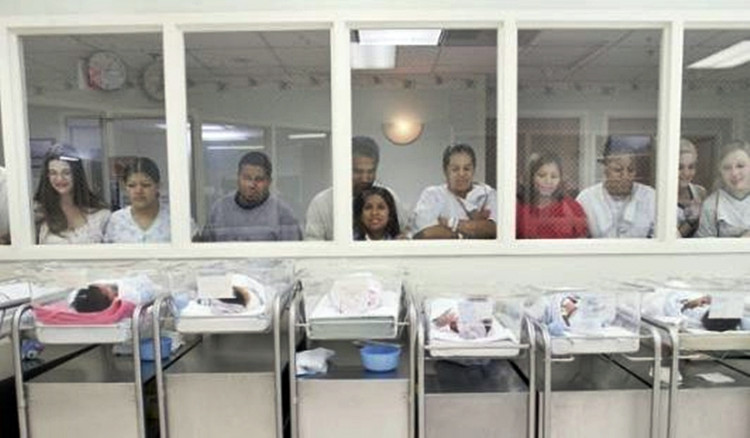The total fertility rate for American women continues to decline, and combined with a record low birth rate in 2017 raises the unnerving potential of an aging society sooner than expected.
The country's fertility rate fell to a 30-year low in 2017, according to the latest National Vital Statistics Report. The new report confirms that national fertility rates continue to drop and women generally have their first child at an older age.
The total fertility rate for the United States has been falling for some time, said Dr. Georges Benjamin, executive director of the American Public Health Association Dr. Benjamin was not involved in the report.
He said they've been seeing fertility rates drop, "and I think it has a lot to do with women and men, couples, in particular, having much more control over their reproductive lives."
The report revealed the total fertility rate for the United States in 2017 was 1,765.5 per 1,000 women. This figure was 16% below what's seen as the level needed for a population to replace itself: 2,100 births per 1,000 women.
Researchers found that South Dakota (with a rate of 2,227.5) and Utah (with a rate of 2,120.5) were the only states with a total fertility rate above replacement level in 2017.
Total fertility rates ranged from a rate of 2,227.5 births per 1,000 women in South Dakota to 1,421 per 1,000 women in the District of Columbia. This was a marked difference of 57%, according to the report.
The report also showed differences in total fertility rates according to ethnicity. Surprisingly, no states had a fertility rate above the replacement level among non-Hispanic white women.
On the other hand, among non-Hispanic black women, 12 states did, while among Hispanic women, 29 states did.
The highest total fertility rate for non-Hispanic white women was in Utah at 2,099.5; the lowest in the District of Columbia at 1,012.
The highest total fertility rate was in Maine, at 4,003.5 among non-Hispanic white women. The lowest was in Wyoming at 1,146.
For Hispanic women, the highest total fertility rate was in Alabama, at 3,085, and the lowest in Vermont, at 1,200.5, and Maine, at 1,281.5.
Despite all this sobering data, these results demonstrate there is variation in fertility patterns within states among groups according to race and Hispanic origin. It found that nearly all states lack a total fertility rate that indicates their total population will increase due to births.
Previous research reveals that births hit a record low in 2017 when the number of births nationwide was at its lowest in three decades.
Data from the National Center for Health Statistics shows that 3,853,472 babies were born nationally in 2017 -- the lowest number of births in 30 years and down from a 2007 record high of 4,316,233.






